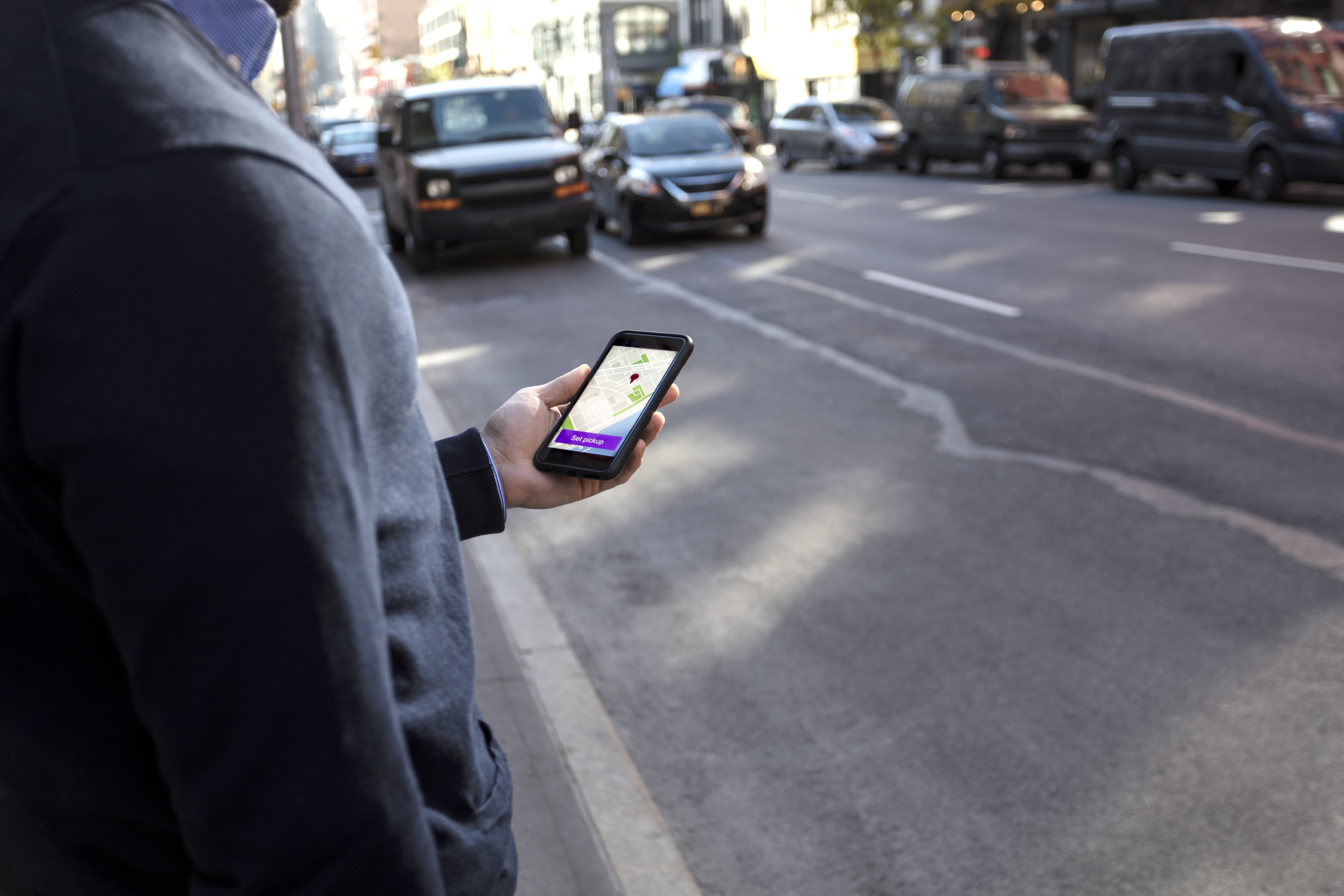
Residents on the East Coast, Gulf of Mexico and the Caribbean had a startling start to their Tuesday morning after they received push notifications alerting them of a tsunami warning.
The foreboding message was a mistake during a regularly scheduled test from the National Tsunami Center, the National Weather Service said in a statement to TIME.
“The test message was released by at least one private sector company as an official Tsunami Warning, resulting in widespread reports of tsunami warnings received via phones and other media across the East Coast, Gulf of Mexico and the Caribbean,” the NWS said.
“We’re currently looking into why the test message was communicated as an actual tsunami warning,” the statement said.
The warning was sent at around 8:30 a.m. EST Tuesday, and the mistaken alerts were not sent by National Weather Service-run apps, the NWS said. Regional agencies scrambled to clarify the mistake, sending out a slew of messages to make it as clear as possible that the warning was made in error.
“NO current Tsunami Warning, Advisory, Watch, or Threat for the U.S. East Coast,” the NWS’s Eastern Region tweeted Tuesday morning.
“Repeat, a Tsunami Warning is NOT in effect,” tweeted the NWS for Key West.
“Please note there is NO TSUNAMI THREAT FOR New England,” tweeted the NWS for Boston.
The NWS is part of the National Oceanic and Atmospheric Administration. Some recipients of the message posted images of it on social media, with some showing the alert in the AccuWeather app.
While NWS placed the blame on third-party platforms like AccuWeather, the popular weather app said in a statement that the NWS was “the original source of the information and displayed it as a real warning.” A representative from AccuWeather said the alert was miscoded as a real warning when it was intended as a test.
“AccuWeather was correct in reading the mistaken NWS codes embedded in the warning,” the statement said. “The responsibility is on the NWS to properly and consistently code the messages, for only they know if the message is correct or not.”
Some images of the alerts showed language clarifying that the push notifications were sent out as a test could be seen once the notification was opened.
While startling for some, the mistake Tuesday morning did not appear to have the same impact as a more severe one did in Hawaii last month when an emergency alert warning of a ballistic missile threat was mistakenly sent to residents.
The all-caps message, which told people to “SEEK IMMEDIATE SHELTER” and that “THIS IS NOT A DRILL,” sparked panic and chaos on the tropical islands as residents called their loved ones and sought shelter. That mistake was not corrected until 38 minutes later.
On the West Coast in January, residents were correctly issued tsunami warnings following an earthquake in the Gulf of Alaska. Officials later canceled the warnings after it was downgraded hours after the earthquake.
Correction: The original version of this story misstated how the mistaken tsunami alerts were sent to phones. The alerts were sent by third-party weather apps, not by the National Weather Service.
More Must-Reads from TIME
- Donald Trump Is TIME's 2024 Person of the Year
- Why We Chose Trump as Person of the Year
- Is Intermittent Fasting Good or Bad for You?
- The 100 Must-Read Books of 2024
- The 20 Best Christmas TV Episodes
- Column: If Optimism Feels Ridiculous Now, Try Hope
- The Future of Climate Action Is Trade Policy
- Merle Bombardieri Is Helping People Make the Baby Decision
Contact us at letters@time.com